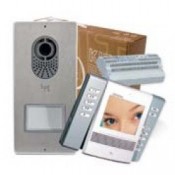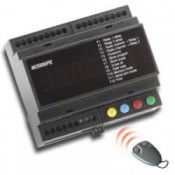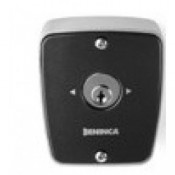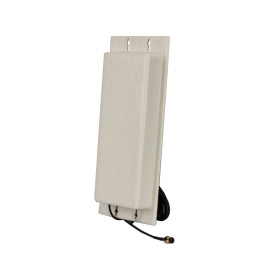-
Your shopping cart is empty!
Menu
Your shopping cart is empty!
Automated access control entry systems, access controllers and simple entry accessories such as push buttons, all give you control over who you let in through your automatic gates. They also give you different choices for how you can get in and out through your electric gates.
These devices and systems range from the simplest push button gate releases all the way up to colour video intercom systems. These use let you see and talk to visitors via GSM and then control the gate from anywhere in the world.
While many automatic gate owners use remote transmitters to open and close their gates on foot or from their cars, these are not usually considered as access control equipment.
The following gives a run down of the different types of access control devices and systems and describes when and how they are used.
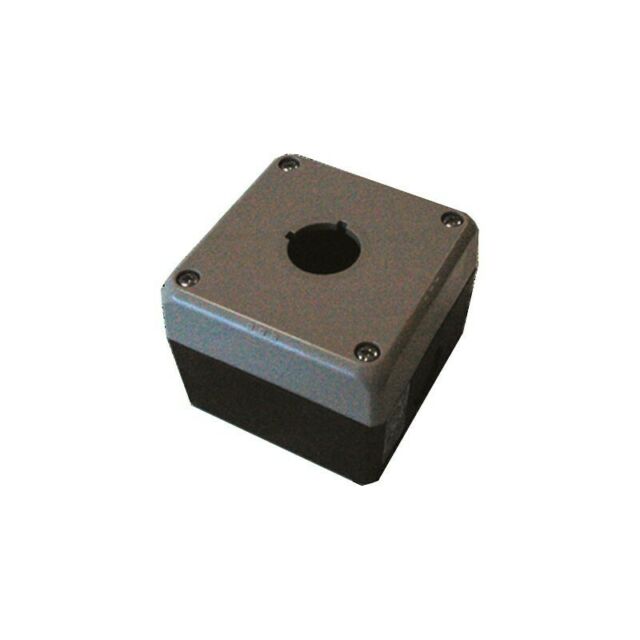
The simplest devices instruct the gate to open when activated. A push button mounted inside the gate will start the gate opening when the button is pushed.
As a push button can be used to activate the gates by anyone, it is ideally only used inside the gates and not in the range of anyone reaching through the gates. This is for security and safety.
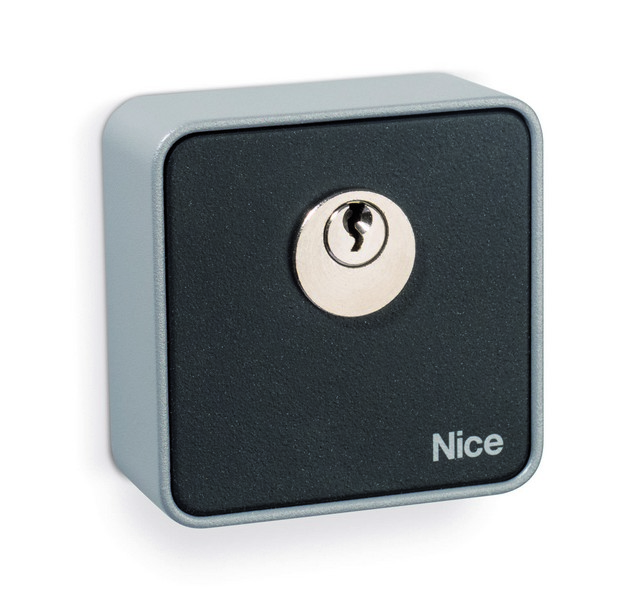 Access Control Keypads and Key Switches
Access Control Keypads and Key Switches
A keypad can be used to instruct the gates to open but only once approved entry codes have been entered.
Different visitors or family members can be given their own code.
As there is now a level of security built into the access control, keypads can be mounted outside the gates to control who can enter.
A key switch does the same as a keypad but a key is required to operate it rather than a numeric code. This adds the extra layer of security that also enables key switches to be used to control access from outside the gates.
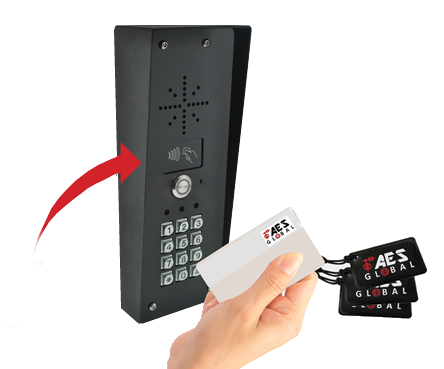
Access control card and fob readers do a similar job to keypads but key codes are replaced by key fobs or key cards.
Cards and fobs are given to those who can enter and they simply tap them on the card or fob reader outside the gates to gain access.
Push buttons have no security so they should only be used inside the gates.
Keypads and fob or card readers provide security but codes need to be kept secret and if a fob or card is lost it needs to be removed from the list of approved cards quickly in case it has been stolen.
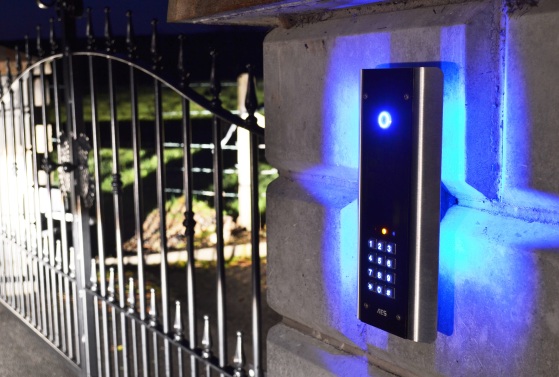 Access Control Intercoms
Access Control IntercomsWith the highest level of access control security, intercoms allow you to talk to and even see who is at your gate before you decide if you want to let them through.
A call unit at the gates allows visitors to buzz through to the house. There, receiver units and even smartphones in some cases are used to answer the call and speak to the visitor.
If the intercom system has video, you can see them at the gates, but they can’t see you.
Access control system components must obviously communicate with each other and the individual components can be wired together for electrical or Internet communication or they can communicate wirelessly. This can be through radio, internet (Wi-Fi) or GSM (mobile phone) technologies.
Access control intercoms are usually modular so they can be specified with audio communication, video, keypads, proximity readers, vandal-proof casings and more if required.
AES 603 DECT di..
£115.00 Ex VAT £138.00 Inc VAT
These cookies are required for the website to run and cannot be switched off. Such cookie are only set in response to actions made by you such as language, currency, login session, privacy preferences. You can set your browser to block these cookies but our site may not work then.
These cookies are usually set by our marketing and advertising partners. They may be used by them to build a profile of your interest and later show you relevant ads. If you do not allow these cookies you will not experience targeted ads for your interests.
These cookies allow us to measure visitors traffic and see traffic sources by collecting information in data sets. They also help us understand which products and actions are more popular than others.

